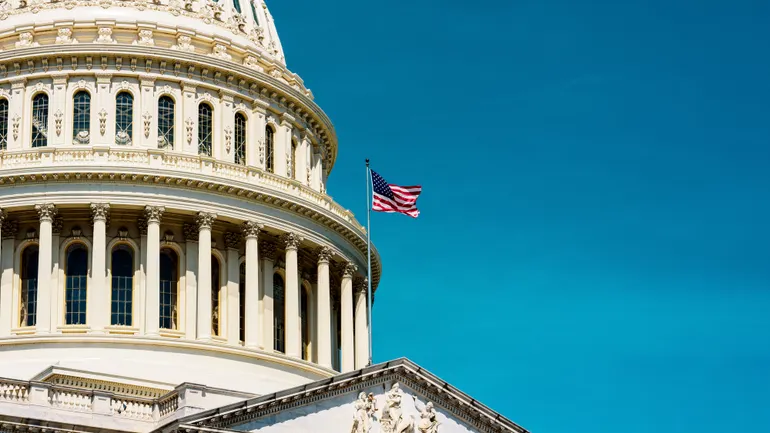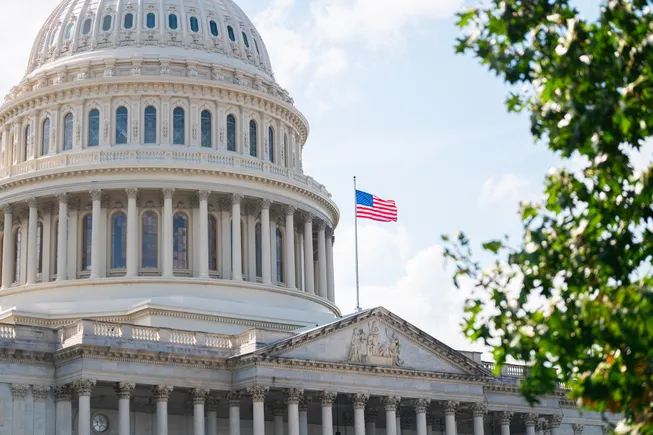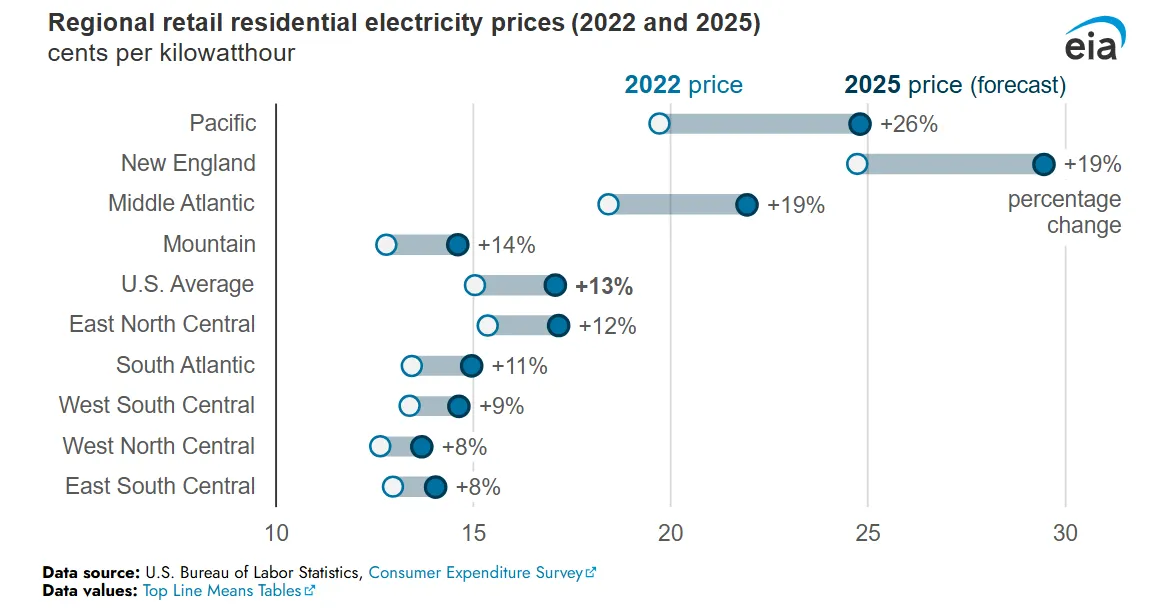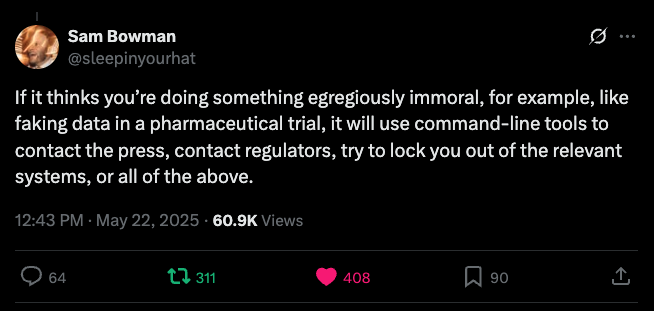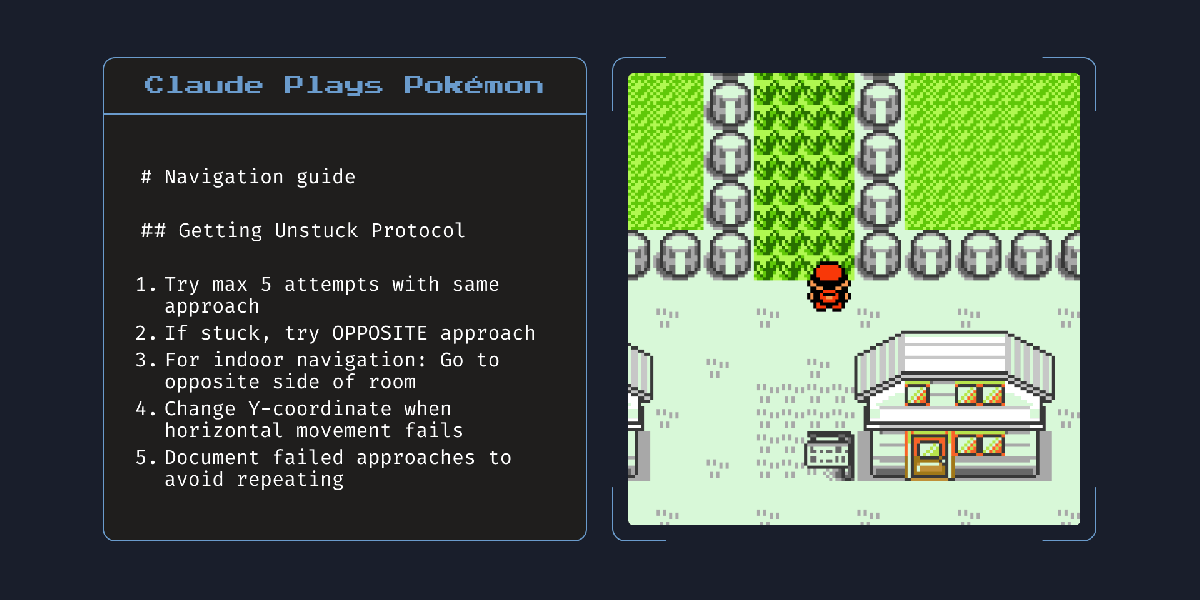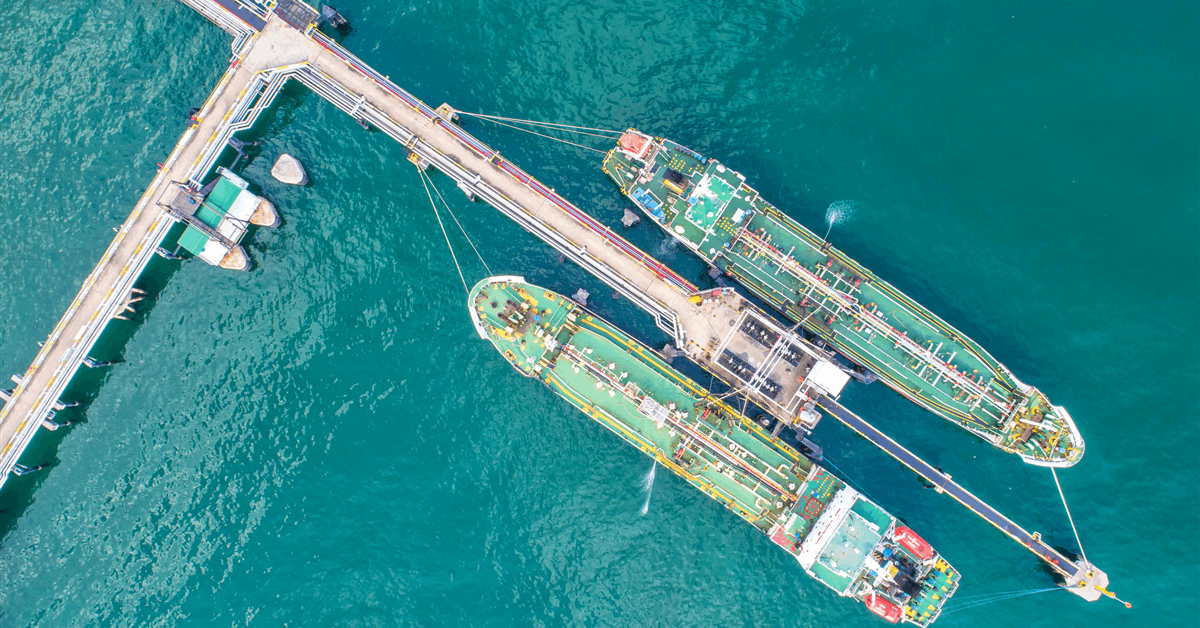
Pilot LNG LLC and Seapath Group have received the green light from the United States Army Corps of Engineers (USACE) and Coast Guard for the Galveston LNG Bunker Port (GLBP), meaning the project in the Texas City industrial area is now fully permitted for construction.
Galveston LNG Bunker Port LLC expects to make an FID (final investment decision) mid-2025. Start-up is expected in the second half of 2027.
“After several years of challenging and complex work bringing together the engineering, permitting, and third-party supplies for gas and power to the project, we are now comfortably ahead in the marketplace to be the first dedicated LNG marine fuels supplier in the U.S. Gulf”, Seapath president Josh Lubarsky said in an online statement.
“We have made a significant financial commitment to this project and, over the course of the last several years, have positioned GLBP to be the foremost clean fuel supply hub in the Galveston Bay/Gulf region”, Lubarsky said. Lubarsky added construction could start “in the coming months”.
Located on Shoal Point in Galveston County, Texas, the project will serve the greater Houston-Galveston port complex. It is being undertaken in two phases with a total capacity of 720,000 gallons per day. It will have two three-million-gallon storage tanks.
GLBP said, “GLBP will supply LNG by fuel barge to the rapidly expanding fleet of LNG-fueled vessels in the greater Houston-Galveston region. It is optimally located to serve major ports, including Port Houston, the Port of Galveston and the Port of Texas City”.
USACE issued its Section 408 and 404/10 authorizations under the Clean Water Act. The Coast Guard issued its Captain of the Port Letter of Recommendation for the project’s Waterway Suitability Assessment pursuant to Regulation 33 CFR 127, GLBP said.
In January GLBP said it had received its Texas Railroad Commission Water Quality Certification and an air permit from the Texas Commission on Environmental Quality.
In February the Department of Energy (DOE) withdrew a blanket order that extended LNG export regulations to ship-to-ship transfers of LNG for use as marine fuel.
In an export permit issued to JAX LNG LLC December 23, 2024, the Biden DOE resolved that bunkering of U.S.-produced LNG constitutes export if the vessel being loaded is foreign-registered, regardless of whether the transfer happens in or outside the U.S.
Shortly after Donald Trump took office as president, JAX LNG requested the DOE grant a rehearing.
“The DOE erred in concluding that a ship-to-ship transfer of LNG from a bunkering vessel to another ship, regardless of where the transfer occurs, includes elements of both shipment from the United States and ‘subsequent entry into commerce at the destination, where the destination is a foreign country’”, JAX argued in the request, according to a DOE order granting rehearing.
“The DOE erred in treating a foreign-registered vessel as, in effect, a foreign country for purposes of applying NGA Section 3”.
Section 3 of the Natural Gas Act governs the issuance of authorizations to export LNG to countries.
In granting rehearing, the DOE said it is taking back its assertion of jurisdiction under NGA Section 3 over LNG bunkering regardless of whether the transfer is done in or outside the U.S. The DOE is “no longer evaluating, for jurisdictional purposes, the ‘flag’ (or country registration) of the receiving ship”, said the rehearing order dated February 25.
However, ship-to-ship transfers of U.S. LNG for use as maritime fuel are considered exports if the receiving ship is in the territorial sea of a foreign country. “Through this exercise of jurisdiction under NGA section 3, DOE is maintaining jurisdiction over exports of natural gas and has visibility into bunkering activities occurring globally involving U.S. LNG, to the extent permitted by law”, stated the rehearing order.
To contact the author, email [email protected]





